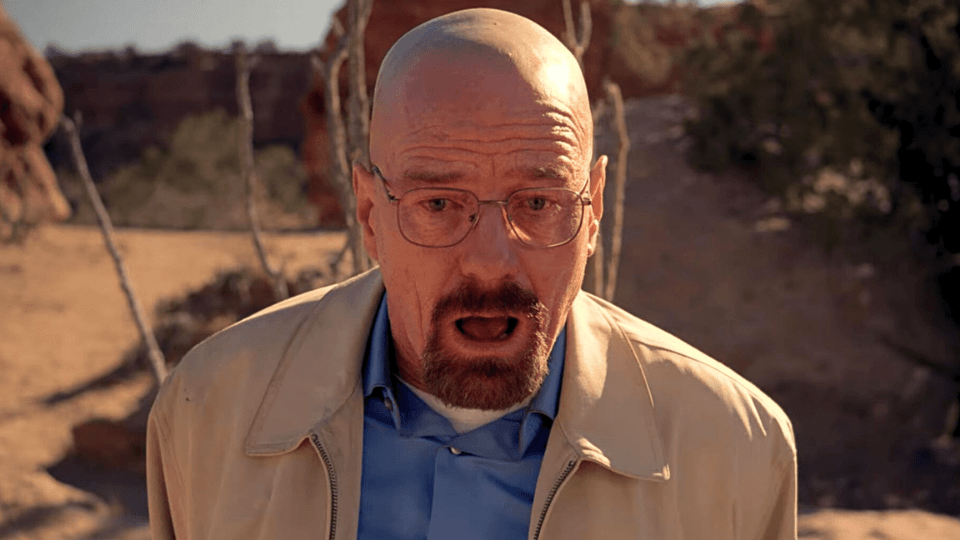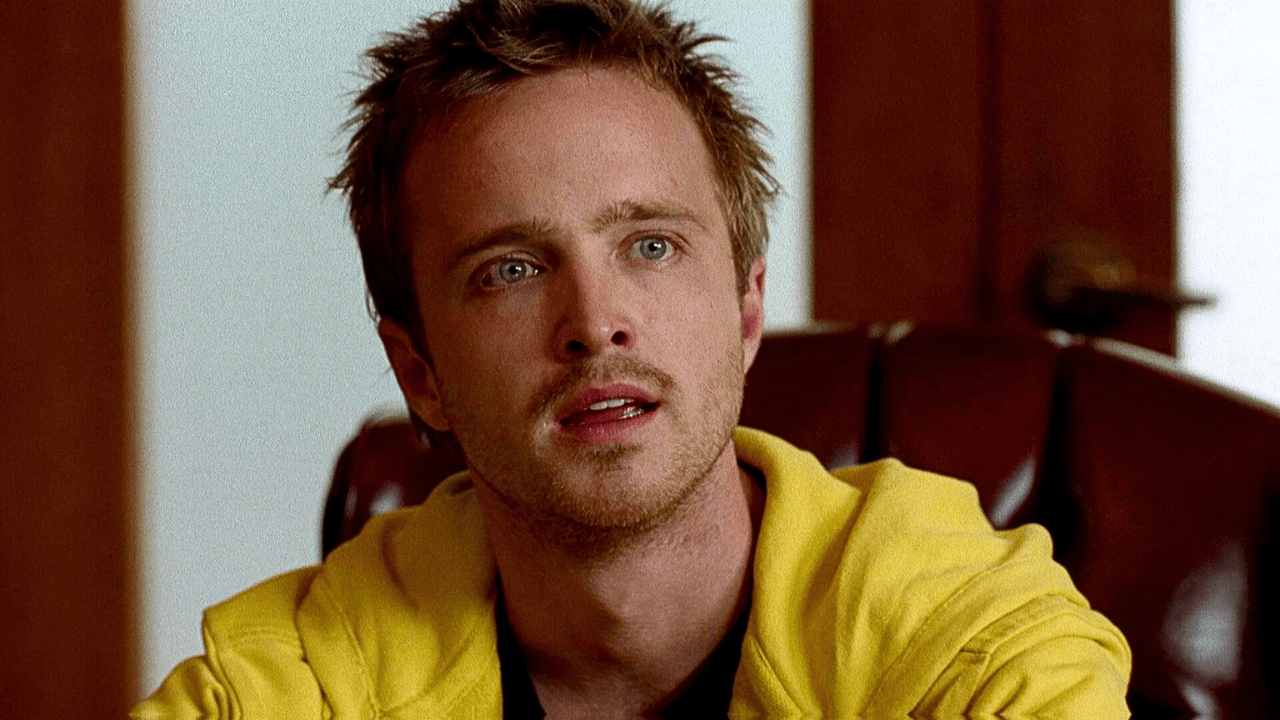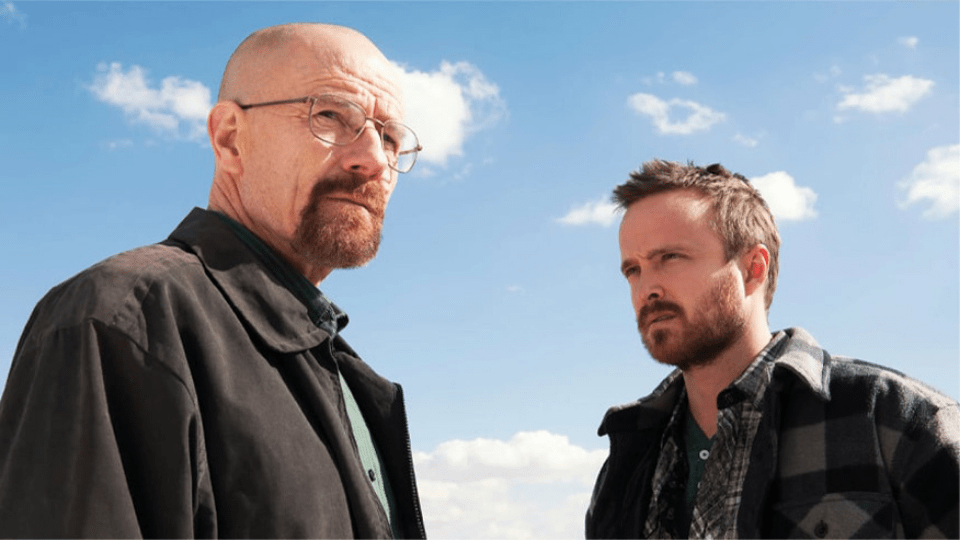Have you ever wondered why some TV shows or movies stay with you long after the credits roll? It's often not just the plot, but the masterful use of storytelling techniques. From the overarching journeys of characters to the subtle hints in a single scene, these devices are the invisible framework that creates a compelling and memorable experience. By understanding these techniques, you can deepen your appreciation for the art of filmmaking and television.
The Foundations: Arcs and Conflict
At the heart of any good story are character arcs. These are the transformations a character undergoes throughout the narrative. In a TV series, a character may have an overall arc that spans the entire show, showing their journey from beginning to end. For example, a timid hero might become a confident leader. But within each episode, they also have smaller arcs, facing and overcoming a new, contained challenge. This layered approach creates depth and makes characters feel like real, evolving people.
In a series like Breaking Bad, Walter White's overall arc is a classic negative arc: he transforms from a timid high school chemistry teacher into the ruthless drug lord "Heisenberg." In each episode, he also has smaller arcs, such as finding a new way to overcome a rival or navigating a tense family dinner. This layered approach creates depth and makes characters feel like real, evolving people.
Similarly, every story needs conflict. The overall conflict is the central problem that drives the entire plot, such as a quest to defeat a villain or solve a long-standing mystery. However, each episode also presents smaller conflicts that keep the audience engaged and propel the story forward.
The antagonist also follows this pattern. There is an overall antagonist—the main villain or force of opposition—but each episode or character might also have its own antagonist or opposing force to overcome. This multi-layered structure ensures that even if a show is a long-running series, each episode feels complete while still contributing to the bigger picture.
The Craft of Narrative: Keeping You Hooked
Filmmakers and showrunners use a variety of techniques to create a clear narrative arc and keep viewers on the edge of their seats. A strong hook is essential at the beginning of a story, grabbing your attention with an intriguing question or a dramatic scene. The opening of The Dark Knight, for instance, is a perfect hook that immediately establishes the Joker's chaotic nature. Throughout the narrative, suspense and tension are built through strategic pacing, dramatic moments, and cliffhangers that make you eager to see what happens next. The end of almost any Game of Thrones episode is a prime example of a cliffhanger. The show also sets out lots of intriguing questions—like who will sit on the Iron Throne—which must be wrapped up by the end of the season.
One of the most effective tools is visual storytelling. Instead of simply telling you a character is sad, a director might "show, don't tell" by having the character walk alone through a rain-soaked street. Imagery, symbolism, and mood and atmosphere are all used to evoke emotions and convey information without a single line of dialogue. For example, the recurring "X" marks in The Departed subtly foreshadow the deaths of specific characters.
For example, a flashback can reveal a character's backstory, explaining why they behave a certain way in the present. Lost masterfully used flashbacks to build the complex backstories of its characters. Foreshadowing subtly hints at future events, building anticipation, such as the recurring bird trick in The Prestige which hints at the film's big twist. Other storytelling devices like narrative framing (a story within a story, as seen in The Princess Bride) can add depth and context.
Deeper Layers of Meaning and Devices
Beyond the visible plot, many shows use more sophisticated techniques to add meaning. Allusion refers to other works of literature or history, enriching the narrative by connecting it to a broader cultural context. Subtext is the implied meaning beneath the surface of dialogue, inviting you to read between the lines. In the train scene in Eternal Sunshine of the Spotless Mind, the characters talk about their shared love of a book, but their body language and hesitant words reveal the subtext of their fractured relationship. A classic example of this is equivocation, where a character's deliberate vagueness creates tension.
Sometimes, a story's timeline is deliberately scrambled using a nonlinear narrative. Christopher Nolan's Memento is a perfect example, as it tells its story in reverse chronological order to put the audience in the mindset of a character with short-term memory loss. This unconventional structure challenges the audience to piece together the events, creating a sense of mystery. A classic example is a story told from multiple perspectives, such as Rashomon, which shows how different characters interpret the same event, adding a nuanced understanding of the situation.
The use of an unreliable narrator is another powerful device, where the audience is forced to question whether the story being told is the truth. The entire plot of Fight Club is built around an unreliable narrator, making the final twist all the more shocking. Parallelism can be used to draw comparisons between two different storylines or characters, emphasizing themes and creating a sense of symmetry. Repetition and motif are also frequently used to reinforce central ideas or symbols throughout the narrative, creating a cohesive and memorable viewing experience.
Other devices include red herrings, which are clues that mislead the audience to a false conclusion, heightening the sense of mystery. In the film Psycho, the stolen money is a major red herring that distracts the audience from the real horror happening at the motel. Irony is used to create a contrast between expectations and reality, often for comedic or dramatic effect. Storytellers also use humor and wit to entertain viewers and create a more enjoyable and relatable experience, as seen in the witty banter of When Harry Met Sally.
Ultimately, these techniques are all about creating an emotional connection with the audience. Whether through personal anecdotes (as seen in documentaries), or universally resonant themes like love or perseverance, a well-told story makes you feel something. It's this masterful use of storytelling that transforms a simple sequence of events into a compelling experience that you won't forget. A successful narrative also creates a sense of continuity, encouraging you to keep watching a series, and can even encourage audience participation, fostering a community around the story. Finally, a clear narrative voice establishes the tone and perspective of the story, and a strong call to action (like a final speech) encourages viewers to engage further, continuing the journey beyond the screen.




